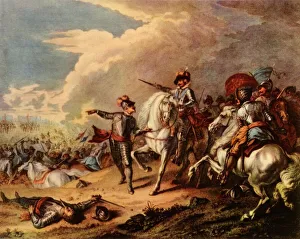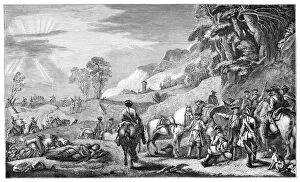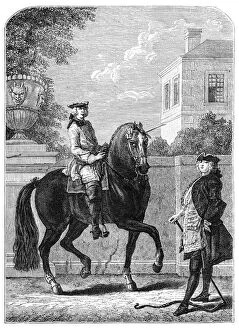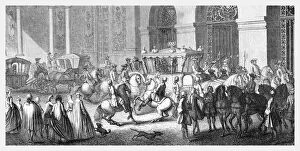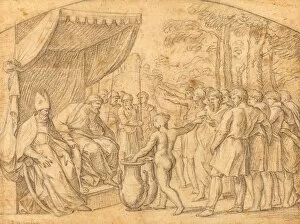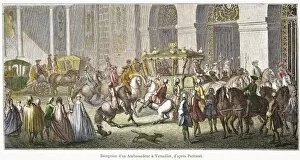Parrocel Collection
Parrocel, a name that resonates through centuries of art and history
All Professionally Made to Order for Quick Shipping
Parrocel, a name that resonates through centuries of art and history. From the Battle of Naseby in 1645 to the Ambassadors Reception at Versailles in 1885, this renowned family of artists has left an indelible mark on the world. The legacy begins with Joseph Parrocel, whose painting immortalized the Battle of Turin in 1706. His equestrian portrait captures the bravery and grandeur of that momentous event. Meanwhile, his contemporary Charles Parrocel continued to shape French art with his exquisite engravings inspired by Maurice Quentin de La Tour. But it wasn't just battles and portraits that defined the Parrocel dynasty. Pierre Ignace Parrocel's standing female figures from around 1739-40 showcase a delicate beauty frozen in time. These graceful creations evoke a sense of mystery and elegance. In addition to their artistic prowess, the Parrocels were also known for their collaborations with other talented individuals. The Riding Lesson by Bonnardot transports us back to a bygone era when horseback riding was both an art form and a means of transportation. And let us not forget about Francoise Madeleine Claude de Saint-Geran, who became immortalized twice within this rich tapestry - once through Joseph's equestrian portrait and again through an unknown artist's work dating back to 1675-1680. From one generation to another, each member of the Parrocel family contributed something unique yet interconnected. Their works continue to captivate audiences worldwide as they tell stories spanning across centuries. So next time you encounter a piece signed "Parrocel, " take a moment to appreciate its historical significance and marvel at how this family's talent transcended time itself.

